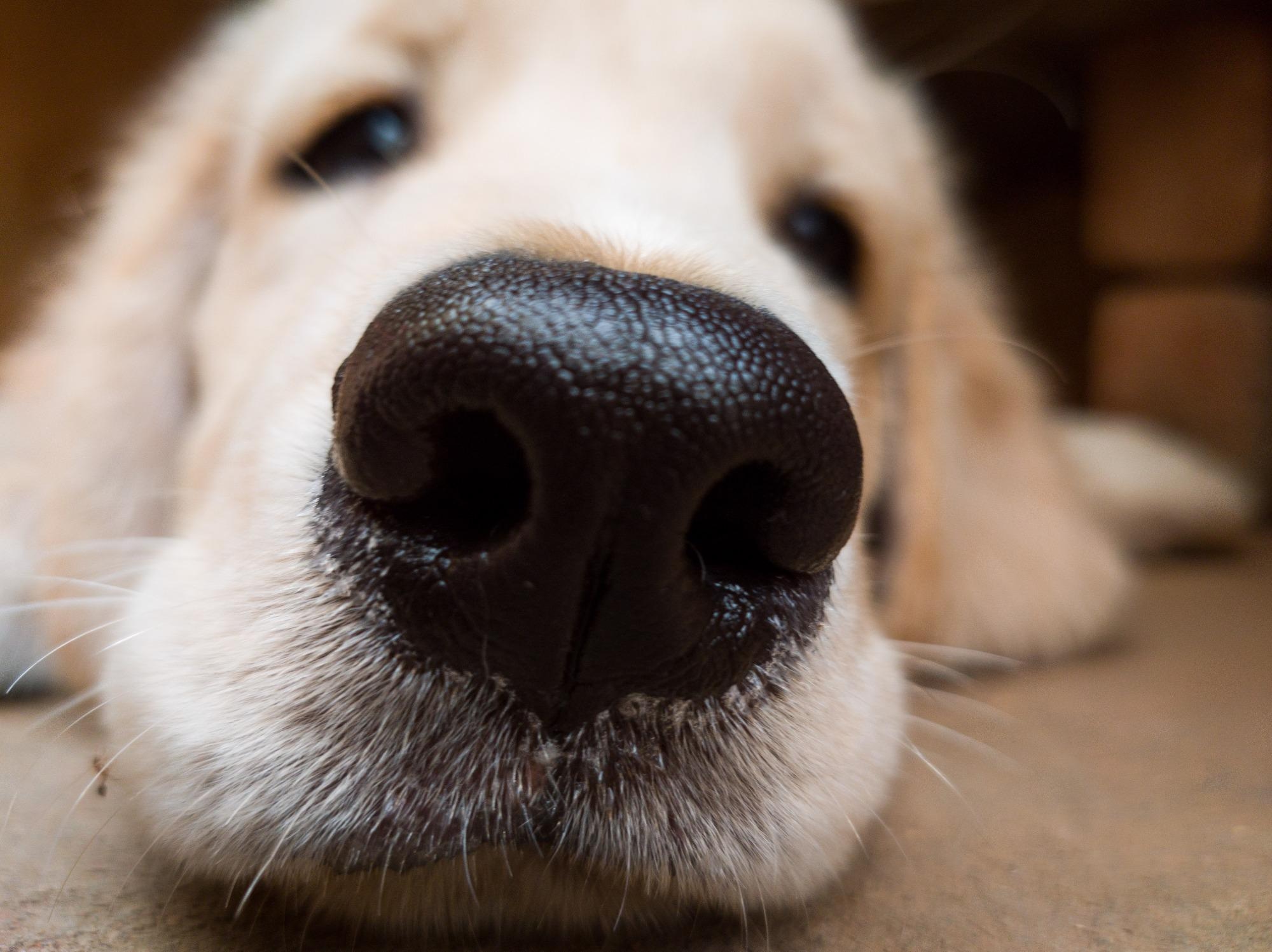In a recent study published in the Open Forum Infectious Diseases (OFID) Journal, researchers reported that severe acute respiratory syndrome coronavirus-2 (SARS-CoV-2) could be detected by canine olfaction.
Globally, the coronavirus disease 2019 (COVID-19) pandemic has resulted in more than 520 million cases and over 6.26 million deaths to date. As a result, different screening methods have been developed to detect SARS-CoV-2, such as polymerase chain reaction (PCR) assays, antigen tests, and thermal screening.
Although PCR assays are the gold standard, they are expensive, invasive, and produce delayed results; likewise, thermal screening is an ineffective marker of COVID-19, given its lower sensitivity. Hence, non-invasive, less expensive, and effective screening and testing methods are required. Early diagnosis of infected persons, especially pre- or asymptomatic individuals, is essential to reduce the viral spread and preclude severe disease progression.
Some studies have shown that bacterial and viral cultures have pathogen-associated volatile organic compounds (VOCs). Identifying VOC patterns of SARS-CoV-2 could be a rapid and promising screening strategy. Moreover, evidence suggests that SARS-CoV-2 emits distinct VOCs through saliva, urine, or sweat of infected people, which may also be suitable for viral detection by scent dogs.
 Study: Detection of SARS-CoV-2 by Canine Olfaction: A Pilot Study. Image Credit: Shrikar S / Shutterstock
Study: Detection of SARS-CoV-2 by Canine Olfaction: A Pilot Study. Image Credit: Shrikar S / Shutterstock
About the study
Researchers of the present study examined the ability of medical detection dogs to distinguish SARS-CoV-2-positive sweat samples from control sweat samples (SARS-CoV-2-negative). The study population included those who took reverse-transcriptase (RT) PCR tests for SARS-CoV-2. They were eligible regardless of symptom presentation or hospitalization status, albeit those with severe disease requiring mechanical ventilation were excluded. Those with COVID-19 history in the last 90 days were excluded. Case samples were defined as those with positive SARS-CoV-2 tests and controls as those with negative results.
Test samples were collected from different sites to ensure that dogs were not conditioned to sample collection environments. Training for scent detection was conducted at the Assistance Dogs of Hawaii campus in a 9.13 m2 room with temperature regulation. Adjacent to the training room was a lab with a one-way privacy window enabling observation of double-blind runs. Sweat samples were transferred from cotton pads to sterile specimen cups and separately placed in scent detection boxes. The boxes were appropriately spaced from one another, and the size of specimen cups inside the boxes ensured that samples were not reachable by the mouth or nose of the dog.
Dogs were trained using reward-based models with adequate positive and negative samples. First, the dogs were trained to identify positive samples and later distinguish positive samples from controls. Canine responses were compared with lab results and scored for accuracy. After training, dogs were included in the testing phase, wherein the data collector and dog handlers were blinded to analysis, and only the sample handler was non-blind.
Correct responses were sniffing and pawing/sitting at case samples (true positive) and sniffing but not sitting/pawing at control samples (true negative). Incorrect responses included sniffing and pawing/sitting at control specimens (false-positive) and sniffing but not sitting/pawing at case samples (false-negative). When the dogs responded correctly, the sample handler signaled, and the dogs were rewarded with food by the dog handler.
Study findings
Test samples were collected from 584 individuals (in- and outpatients) aged 6 to 97 years (mean 40 years). There were 141 case samples (SARS-CoV-2-positive) and 443 controls. The training phase encompassed three Labradors and one Golden Retriever, but the testing phase had only the Labradors. In the testing stage, 52 case samples and 208 controls were used.
Overall, the three dogs detected SARS-CoV-2-positive samples with sensitivity and specificity of 0.98 and 0.92, respectively. The positive predictive value was 0.8, and the negative predictive value was 0.99. The diagnostic sensitivity of individual dogs varied marginally between 0.96 and 1.00, but the specificity variation was slightly higher, i.e., 0.87 – 0.99.
Lastly, the researchers conducted a pilot study (implementation phase) to determine the applicability of canine scent detection in a hospital setting. One of the three Labradors screened samples from patients in a designated hospital room. The dog screened 153 new samples whose PCR test results were pending. Additionally, 16 previously unutilized case samples were included to keep the sog motivated. The dog’s responses were recorded and later compared with PCR results after they were available. Altogether, the dog demonstrated a 96.4% sensitivity and 100% specificity.
Conclusions
The present findings demonstrated scent detection by dogs as a diagnostic tool to screen SARS-CoV-2-positive individuals in a safer, non-invasive, inexpensive, and efficient way. Canine olfaction represents a feasible and accurate method for diagnosing SARS-CoV-2. Further, the researchers suggested that medical detection dogs could be deployed at schools and hospitals to detect the virus to curtail the spread of infection.
Journal reference:
- Maureen Maurer, MS, Todd Seto, MD, Claire Guest, MSc, Amendeep Somal, MD, Catherine Julian, Detection of SARS-CoV-2 by Canine Olfaction: A Pilot Study, Open Forum Infectious Diseases, 2022, DOI: https://doi.org/10.1093/ofid/ofac226, https://academic.oup.com/ofid/advance-article/doi/10.1093/ofid/ofac226/6582236